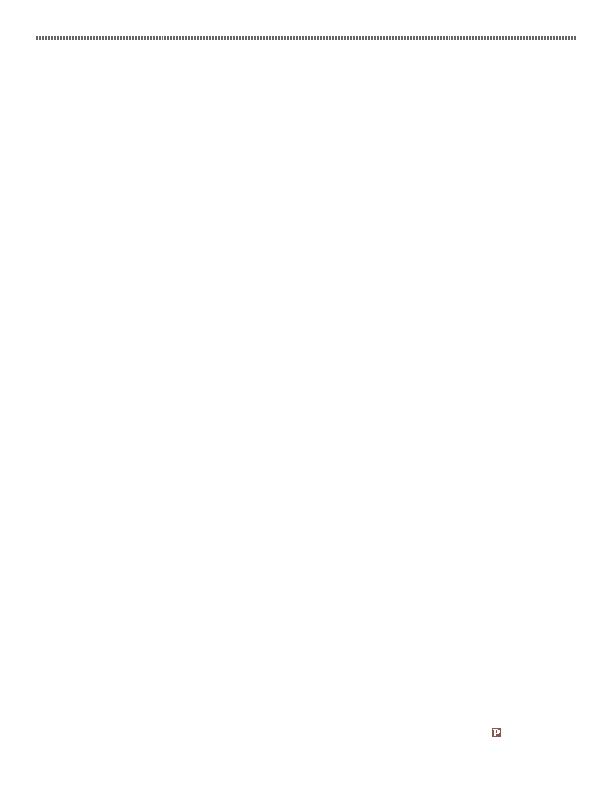
known to exist on the site which either
have been the subject of regulatory
closure (i.e., written confirmation
they have been cleaned up) or have
little risk of giving rise to a cleanup
obligation exceeding the deductible.
If those pollution conditions somehow
later require further cleanup, then
those costs would be covered. Further,
some policies provide that known
pollution conditions that are excluded
from coverage at policy inception will
be covered upon regulatory closure
during the policy period in the event
those issues are later reopened and
further remediation is required.
during the policy period. Typically, this
is coverage for the risk that current
operations on the insured property
may cause pollution conditions. The
insurer will ordinarily prepare a policy
endorsement describing the types of
operations that will be covered, which
may exclude coverage if the operations
change. Even if the main transactional
concern is the risk of discovering
pre-existing pollution conditions, by
purchasing new conditions coverage
the insured can avoid future disputes
with the insurer over the timing of the
discharge for which coverage is sought.
or Property Damage
for property damage and bodily injury
to third parties arising from pollution
conditions on, or migrating from, the
insured property.
Property damage includes the
"tangible" property of a third party,
including real and personal property,
as well as diminution of property value,
stigma damages, loss of use and natural
resource damages. Cleanup costs are
not included in the definition of third-
party property damage because they
are insured, if at all, under the cleanup
coverage discussed above. Property
damage to the insured property.
Bodily injury often includes disease,
mental injury or death resulting from a
pollution condition. Third parties are
often defined to exclude the employees of
any named insured. While the employees
of a named insured would ordinarily
be covered by workers' compensation,
the exclusion may result in one named
insured having no insurance for claims
by the employees of another named
insured (which would not be covered by
the workers' compensation policy of the
insured who is not their employer). Care
must be taken during policy negotiation
to avoid or minimize coverage gaps.
Although the cleanup of pollution
conditions known to exist at policy
inception are generally excluded from
coverage under a PLL policy, typically
coverage can be negotiated for third-
party claims for property damage and
bodily injury arising from all types of
pollution conditions, including those
that are known.
business interruption or loss of rent
at the insured property. To obtain this
coverage, the insurer often requires
significant amounts of information
concerning the covered business.
Unless the business is established, the
uncertainty often makes underwriting
difficult and premiums uneconomical.
Many clients conclude this coverage is
more trouble than it is worth, especially
given how rare it is for environmental
remediation to cause a significant
business interruption.
PLL policies cover legal costs to
defend claims covered by the policy.
For example, the policy would provide
coverage for legal fees incurred
overseeing the remediation of pollution
conditions on, or migrating from, the
insured property. Generally, the insurer
has the right and obligation to defend
the claim, usually with counsel chosen
by the insured where permitted by
law. Even where no such law applies,
some insurers will consent to using the
fee rates ordinarily paid by the insurer in
that locale.
used, along with PLL policies, in
contaminated property transactions to
cover the risk that the cost to clean up
the contamination known to exist at
the inception of the policy exceeded
expectations. Coverage is not provided
until such costs exceed both the self-
insured retention ("SIR," similar to a
deductible) and any co-insurance layer
above the SIR that must be paid before
coverage attaches. Generally, the SIR is
based upon the price under a guaranteed
cleanup cost contract (sometimes
referred to as a fixed price contract)
entered into by an environmental
consultant and the insured. The
consultant under the guaranteed cleanup
cost contract agrees to pay all costs in
excess of the guaranteed cost, which
would usually include any co-insurance
layer and claims in excess of the Cost
Cap coverage. Today, an approved
cleanup plan is routinely required to
obtain Cost Cap coverage.
Few insurers are willing to provide
such coverage these days, including
Beazley and Axis, as excessive claims
made Cost Cap coverage unprofitable.
Recently, insurers' engineering and
underwriting for Cost Cap coverage have
become problematic. The co-insurance
layers have gotten larger, the coverage
limits are capped (e.g., not exceeding
the amount of the cleanup cost) and the
premiums have gotten larger. The few
insurers issuing Cost Cap coverage have
come to view it as catastrophic coverage.
For these reasons, many of those
involved with environmental insurance
have concluded that, for most intents
and purposes, Cost Cap coverage is not
available.
Practitioners whose clients are
involved in real estate or commercial
transactions where environmental
contamination is an issue should
advise them to consider environmental
insurance coverage.